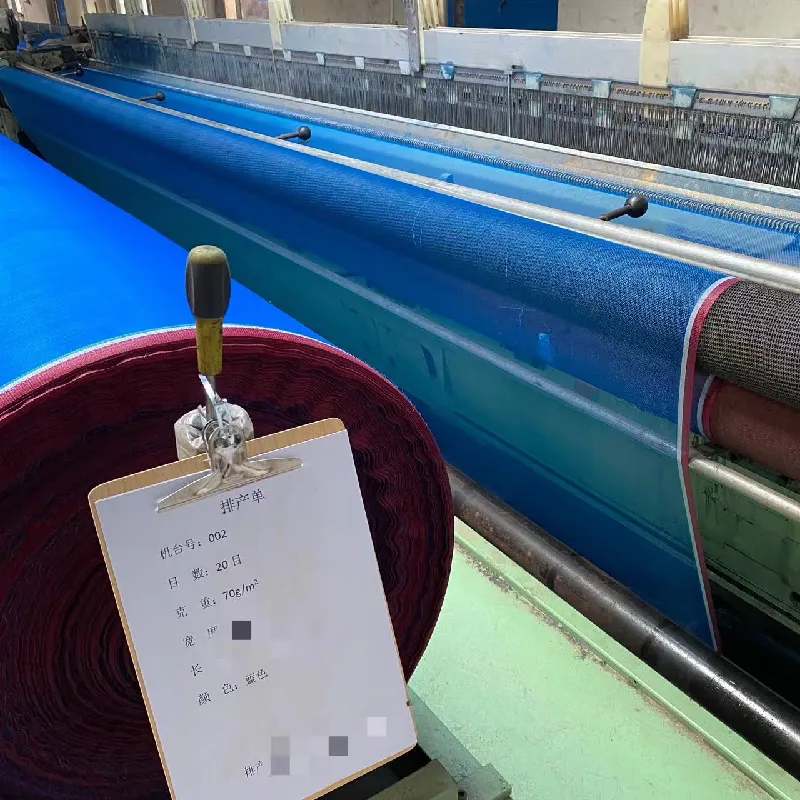Durable Galvanized Steel Grids for Versatile Industrial and Construction Applications Exploring Their Benefits and Uses
The Importance of Galvanized Steel Grids in Modern Construction
In the realm of modern construction, materials play a pivotal role in ensuring structural integrity, longevity, and cost-effectiveness. One such material that has gained widespread acceptance is galvanized steel. Among its various forms, galvanized steel grids have emerged as a vital component in many construction applications, offering a unique blend of strength, durability, and corrosion resistance.
Galvanized steel is steel that has been coated with a layer of zinc to protect it from corrosion. The galvanization process involves immersing steel in molten zinc, creating a robust barrier that prevents moisture and other corrosive agents from penetrating the surface. This protective layer is especially beneficial in environments prone to high moisture, such as coastal areas, industrial settings, and regions with heavy rainfall.
Galvanized steel grids are formed by welding or interlocking steel strips to create a rigid framework. These grids can serve multiple purposes – from flooring and walkways to shelving and barriers. One of the most significant advantages of using galvanized steel grids is their exceptional load-bearing capacity. They can support significant weight while maintaining structural integrity, making them ideal for heavy traffic areas and industrial applications.
Another key benefit of galvanized steel grids is their lightweight nature
. This characteristic not only makes them easier to handle and install but also reduces the overall load on the supporting structure. In comparison to other materials, such as concrete or solid metal plates, galvanized steel grids can drastically decrease overall construction costs and timelines, as fewer materials are required, and lighter structures may not need as substantial foundation work.galvanized steel grid

In addition to their physical advantages, galvanized steel grids offer aesthetic flexibility. They can be designed in various configurations, sizes, and finishes to suit the specific needs of any project. Architects and designers appreciate the versatility of galvanized steel grids, allowing them to create visually appealing and functional structures that integrate seamlessly into their surroundings.
Safety is a paramount concern in construction, and galvanized steel grids contribute to enhancing safety measures. The open design of these grids allows for excellent drainage, reducing water accumulation and minimizing the risk of slips and falls. Furthermore, their sturdy construction can withstand impacts and heavy loads, which is crucial in minimizing hazards in both public and private spaces.
Beyond construction, galvanized steel grids also find applications in various industries, including agriculture, transportation, and telecommunications. In agricultural settings, they can be used for livestock flooring due to their durability and ease of cleaning. In transportation, they serve as platforms and walkways in loading docks or as barriers in rail yards, providing safety and efficiency. Telecommunication towers utilize galvanized steel grids for maintenance access and structural support.
In conclusion, galvanized steel grids are a vital component in modern construction, reflecting the growing trend towards using materials that are not only strong and durable but also environmentally friendly. As industries continue to advance, the demand for such versatile materials will only increase. With their blend of functionality, safety, and aesthetic appeal, galvanized steel grids are set to remain a staple in construction, supporting the infrastructure of tomorrow while standing the test of time.
-
The Versatility of Stainless Steel Wire MeshNewsNov.01,2024
-
The Role and Types of Sun Shade SolutionsNewsNov.01,2024
-
Safeguard Your Space with Effective Bird Protection SolutionsNewsNov.01,2024
-
Protect Your Garden with Innovative Insect-Proof SolutionsNewsNov.01,2024
-
Innovative Solutions for Construction NeedsNewsNov.01,2024
-
Effective Bird Control Solutions for Every NeedNewsNov.01,2024












